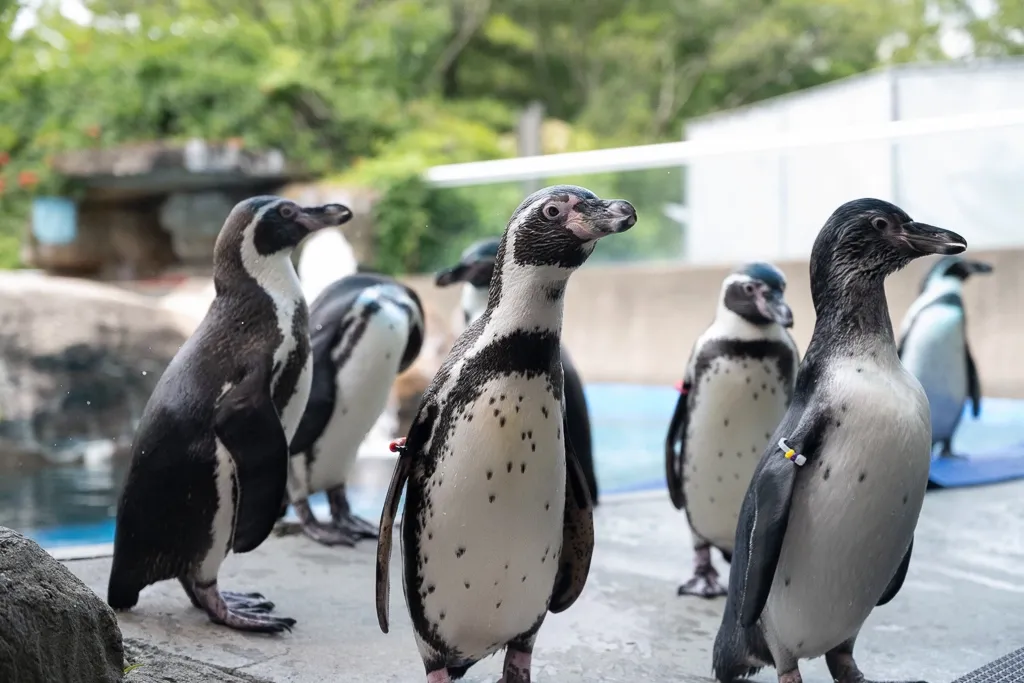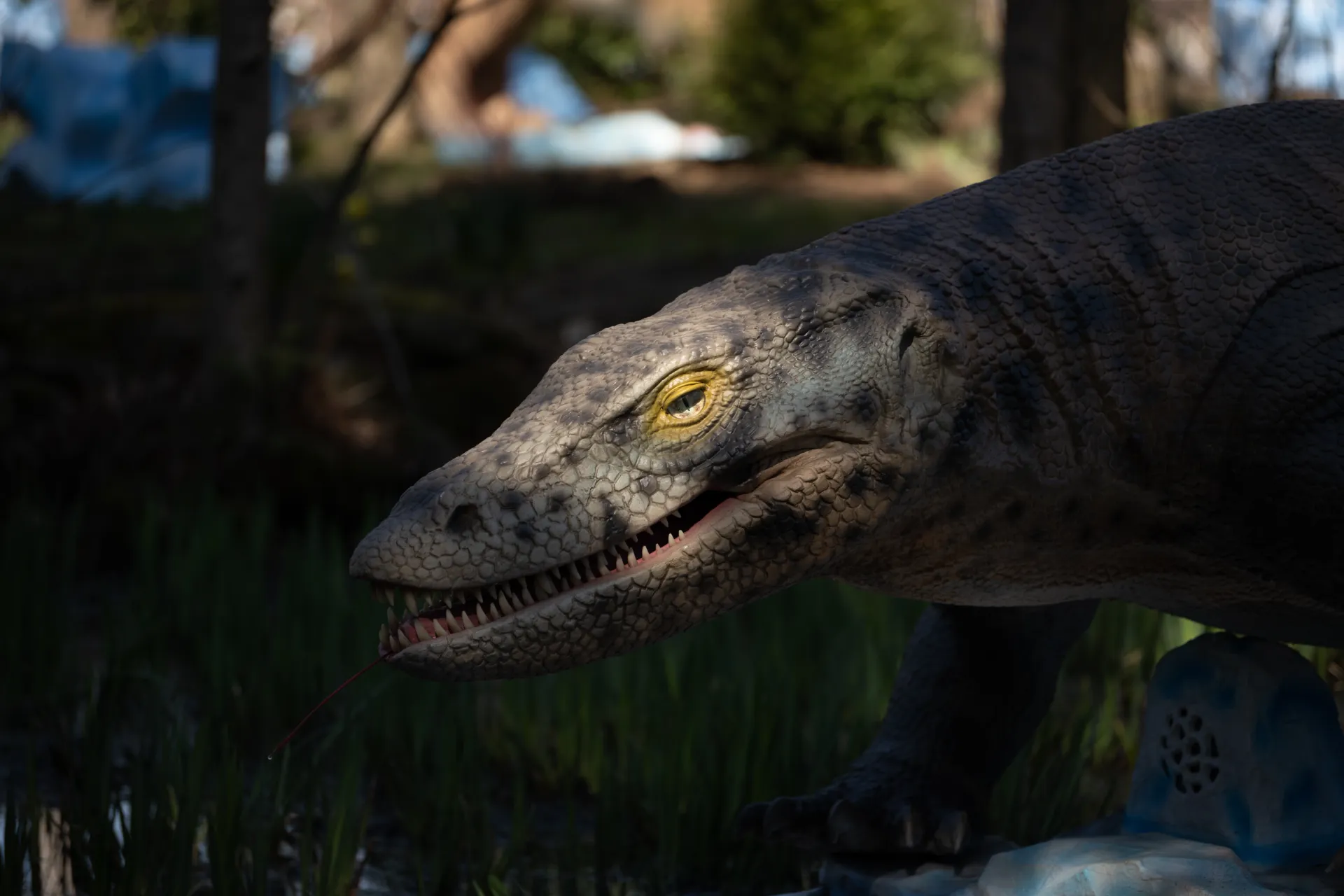A Shark Is Born: sharks have a variety of reproductive strategies
July 12, 2025
Sharks are particularly vulnerable to the threats posed by humans because they reproduce slowly. They are slow growing and late to mature, have long pregnancies (between 9-12 months), produce few young, and may not reproduce every year.
Understanding shark reproduction is important for conservation efforts. Sharks have a diverse range of reproductive strategies. Some species lay eggs (oviparity), while others give birth to live young (viviparity). In some cases, a female shark will carry her eggs inside her body rather than laying her eggs to protect them from potential predators (ovoviparity). Asexual reproduction results when a female shark gives birth without any contact with a male. This rare phenomenon is known as parthenogenesis.
Most shark species give birth to live young. Like mammal development, the baby shark grows inside the mother’s body and receives nutrients and oxygen through an umbilical cord. However, unlike mammals, shark pups are immediately independent and can fend for themselves.
Forty percent of shark species lay eggs, encased in a protective leathery egg case, known as a mermaid’s purse. This surrounds the egg and protects the shark embryo during incubation. You can often find them on the beach, particularly during strong currents or storms. A female shark may spend a long time laying her eggs, ensuring they are securely fixed in a safe place. It can take six to nine months before the eggs are ready to hatch. The embryo absorbs nutrients from a yolk-sac before hatching and emerging as a miniature version of the adult shark.
Ovoviviparous sharks incorporate a bit of both methods. Instead of laying her eggs, the female carries them inside her body, providing extra safety from potential predators. The embryos develop inside an egg case with a thin membrane. The baby shark, or pup, hatches inside its mother, who will then give live birth to the young. In some species the pups are not born immediately after hatching.
Some females of shark species may even asexually reproduce when they are in aquariums or when there are no available male sharks in the wild. However, this type of reproduction leads to weaker offspring due to a lack of genetic variation.
By learning about how sharks reproduce, we can better protect these magnificent creatures and their habitats. AZA accredited facilities like the Pittsburgh Zoo & Aquarium provide the highest quality of care and wellbeing for sharks, while working collectively to save and protect threatened species. As members of the Association of Zoos and Aquariums’ (AZA) Shark and Ray SAFE program, the Pittsburgh Zoo & Aquarium is committed to securing a future for sharks and people alike.
Join us in celebrating sharks and their cartilaginous cousins on International Shark & Ray Awareness Day, presented by Peoples, Sunday, July 13 from 10:30 a.m. to 3:00 p.m. Meet the aquarists and scuba divers who care for our sharks, explore touch tables with our docents, and sink your teeth into your own chomping shark craft! For more information, visit International Shark & Ray Awareness Day





